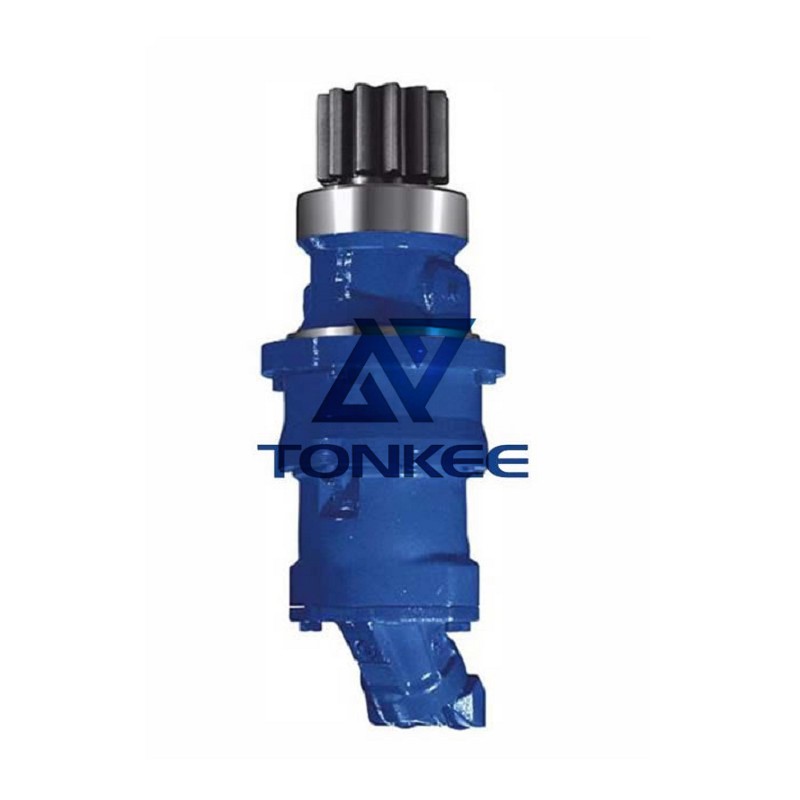

Product Name: Rotary drilling rig slew gearbox
Purpose: To enable the rotation of the upper structure of a rotary drilling rig, providing the necessary torque and rotational control for drilling operations.
Performance Specifications
Torque Capacity: The gearbox is designed to deliver a specific torque range. It can provide a minimum torque of [X] Nm (Newton - meters) and a maximum torque of [Y] Nm. For example, the torque capacity could range from 5000 Nm to 50000 Nm, depending on the size and power requirements of the drilling rig.
Rotational Speed Range: The slew gearbox allows for a variable rotational speed. The minimum rotational speed is typically around [A] revolutions per minute (rpm), and the maximum can reach up to [B] rpm. For instance, it might have a speed range from 0.5 rpm to 10 rpm to accommodate different drilling tasks and soil conditions.
Gear Ratio Range: It has a specific gear ratio range to achieve the desired torque and speed conversion. The gear ratios can vary from [C] to [D]. For example, the gear ratio could range from 10:1 to 100:1.
Mechanical Specifications
Housing Material: The gearbox housing is usually made of high - quality cast iron or a strong alloy steel. Cast iron provides good vibration damping and durability, while alloy steel offers enhanced strength and resistance to wear and tear.
Gear Material and Type: The gears inside the gearbox are typically made of hardened steel or a special alloy. They can be spur gears, helical gears, or a combination, depending on the design requirements. Helical gears are often preferred for their smoother operation and quieter performance.
Shaft Material and Diameter: The input and output shafts are made of high - strength steel. The diameter of the shafts is designed to handle the transmitted torque. The input shaft diameter could range from [E] mm to [F] mm, and the output shaft diameter from [G] mm to [H] mm.
Bearing Type and Capacity: High - quality bearings are used to support the shafts and ensure smooth rotation. These could be roller bearings or ball bearings, depending on the load and speed requirements. The bearing capacity is selected to withstand the radial and axial loads generated during operation.



















